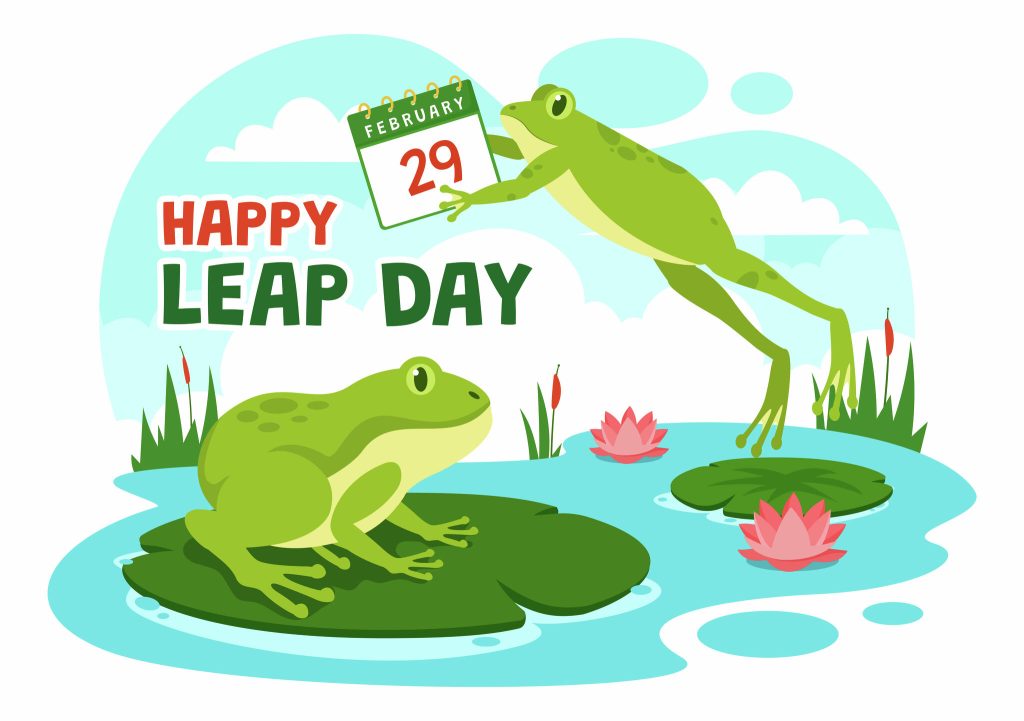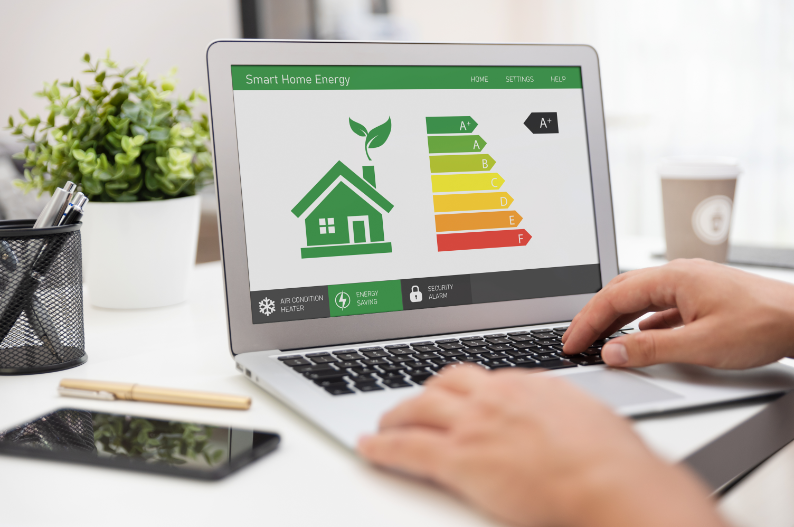 What is Leap Day?
What is Leap Day?
While the modern calendar contains 365 days, each revolution of the Earth around the sun actually takes slightly longer, spanning roughly 365.25 days. So every four years we add an extra day at the end of February to ensure that our calendar remains aligned with the Earth’s orbit to make up for the time we haven’t yet counted…hence, Leap Day!
When Did Leap Year Originate?
Choosing February for the addition of an extra day dates back to the reforms made to the Roman calendar by Julius Caesar, who was inspired by the Egyptian solar calendar. At that time, the Roman calendar was based on a lunar system comprised of a 355 day calendar year, which was shorter than the solar year. This discrepancy caused the calendar to drift out of sync with the seasons over time.
To address this issue, Julius Caesar introduced the Julian calendar, a solar calendar, which included a leap year system. When the Julian calendar was later refined into the Gregorian calendar in 1582, the tradition of adding a leap day to February remained.
Leap into Action!
So what can we do with this extra day in February? To help do our part to help keep Earth “on track” there are plenty of opportunities we have to make a small difference through sustainable practices.
Here are just a few things we can do today (and every day) to contribute to important conservation efforts:
 Energy Conservation – One of the immediate environmental benefits of Leap Day is the opportunity to conserve electricity. Because this extra day extends the month of February, which is generally a month of lower energy usage anyway, businesses and individuals can benefit from decreased energy needs.
Energy Conservation – One of the immediate environmental benefits of Leap Day is the opportunity to conserve electricity. Because this extra day extends the month of February, which is generally a month of lower energy usage anyway, businesses and individuals can benefit from decreased energy needs.- Green Transportation – Leap Day is a perfect reason to mix up your commute. Try biking or walking for short distances, explore public transportation options, or carpool with friends. It’s not about giving up your car entirely, but finding alternatives that fit your lifestyle while reducing your carbon footprint.
- Go plastic-free – Today is a great day to go through your most commonly used single-use plastic items and see what you can do without. Do you use a lot of plastic sandwich bags? Invest in a reusable storage containers. Do you drink a lot of bottled water? Switch to a reusable metal water bottle and/or water filter system. Do you buy coffee every day? Use a reusable mug you can take to get your coffee in instead. In addition to reducing waste and your carbon footprint, you will likely save you money in the long run as you won’t have to keep buying new single-use products.
Whitman’s Sustainability Services
While you’re here, check out Whitman’s Sustainability Services to help you and your business reduce your carbon footprint!
References
https://www.usatoday.com/story/news/nation/2023/12/31/leap-year-
Posted on February 29th, 2024





